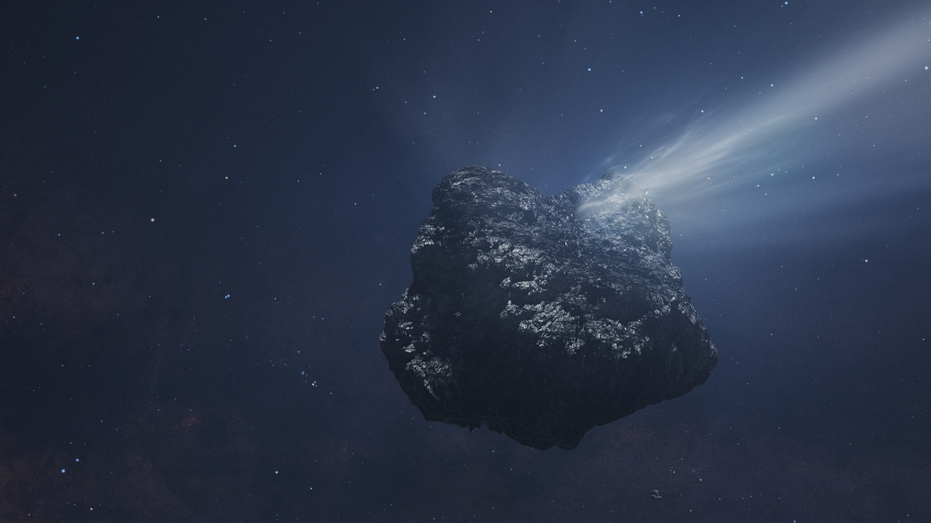Harvard Astrophysicist Suggests Interstellar Comet Could Be Alien Technology Due to Its Enormous Size and Mass

A newly observed interstellar comet approaching our solar system has surprised scientists with its extraordinary size and mass, prompting speculation about its origin. Harvard astrophysicist Avi Loeb has proposed that this celestial object might not be a natural body but rather an artifact of alien technology.
The comet, designated 3I/ATLAS, is only the third interstellar visitor detected to date, following the discoveries of ‘Oumuamua in 2017 and 2I/Borisov in 2019. Initial estimates suggested a relatively modest size, but recent data reveal that it is significantly larger and heavier than previously thought. Loeb estimates the comet’s mass exceeds 33 billion tons, and its length spans at least 3.1 miles (5 kilometers).
Revised Measurements and Implications
In a detailed blog post, Loeb explained that new observations indicate the comet’s nucleus is more massive due to a subtle non-gravitational acceleration observed during its approach. This acceleration, caused by outgassing—where the comet releases gases and dust—implies the object has a much greater mass than earlier models suggested. The comet’s activity includes shedding large amounts of carbon dioxide and dust as it speeds toward the Sun.
-
Modern technologies in 2025: Artificial intelligence and innovative solutions that change the world

- Logitech G920 Driving Force Racing Wheel Review: Realistic Force Feedback for Xbox & PC Racing
-
Former Employee Sentenced to Four Years for Activating Network Shutdown After Termination

-
Innovative Rooftop Solar Panels: The Future of EV Charging

Comparison with Past Interstellar Visitors
Compared to ‘Oumuamua, which was only about a quarter-mile long, and Borisov, approximately 0.6 miles across, 3I/ATLAS dwarfs these objects by a wide margin. Loeb notes that this comet’s mass is three to five orders of magnitude greater than previous interstellar objects observed, making it an unprecedented find in terms of size and potential significance.
Upcoming Close Approaches and Observation Opportunities
In the coming days, 3I/ATLAS will pass within 1.67 million miles (2.7 million kilometers) of Mars’ orbit, coming close to Jupiter and Venus as well. Loeb has called on NASA’s engineers to use the Mars Reconnaissance Orbiter’s HiRISE camera to focus on the comet. A single bright pixel captured by this instrument could help refine measurements of its size and composition, providing crucial data for understanding its true nature.
Expert Opinions and Scientific Caution
Loeb emphasizes that conclusions about the comet should not be based solely on its surface composition, cautioning against judging its nature prematurely. “We should not decide about the nature of 3I/ATLAS based on the chemical composition of its skin,” he states. “For the same reason, we should not judge a book by its cover,” he adds, highlighting the importance of further investigation before drawing definitive conclusions about the object’s origins.
As scientists continue to analyze this extraordinary visitor from beyond our solar system, the possibility that it could be an artifact of advanced extraterrestrial technology remains a topic of lively debate and investigation.
